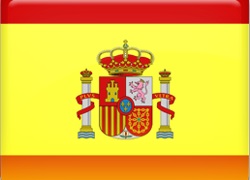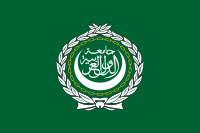The Ghanaian King exhibited the items in the renovated Manhyia Palace Museum in Kumasi, the traditional seat of the Asantehene kingdom.
Ghanaian King Showcases Returned Artefacts in Renovated Manhyia Palace Museum


On Wednesday, the Asante King of Ghana unveiled numerous royal artifacts, which were looted during colonial rule and recently returned by British museums as part of his silver jubilee celebrations. Among the 32 gold and silver treasures returned are significant items like the Mpomponsuo sword and gold badges used for purifying the king's soul.
Also included is a gold lute harp, gifted by Asantehene Osei Bonsu to British diplomat Thomas Edward Bowdich in 1817. During the event, named "Homecoming: adversity and commemoration," King Otumfuo Osei Tutu II highlighted the significance of the exhibition at Manhyia Palace, stating it represents the "soul of the Asante people."
"Even though not all have been returned, what we have here still embodies the soul of the Asantes," remarked the king regarding the items looted in 1874. "So, the spirit is back here, and today is a day for Asantes, a day for the black African continent, and the spirits are back with us again today."
The Ghanaian King displayed the items in the renovated Manhyia Palace Museum in Kumasi, the heart of the Asantehene kingdom, offering visitors a rare glimpse into the splendor of Asante history and culture. The exhibition will be open to the public this week.
The return of the objects coincides with increasing pressure on European and US museums and institutions to repatriate African artifacts stolen during the colonial rule of Britain, France, Germany, and Belgium.
Dr. Tristram Hunt, the Director of the Victoria & Albert Museum, emphasized that the artifacts, representing the rich heritage of the Asante Kingdom, were returned to address "the very painful history surrounding the acquisition of these objects, a history tainted by the scars of imperial conflict and colonialism." "These treasures have been witnesses to the triumphs and trials of a great kingdom, and their return to Kumasi is a testament to the power of cultural exchange and reconciliation," he said.
Professor Chris Gosden, a member of the Board of Trustees of the British Museum, expressed the museum's commitment to continuing this relationship, building on this loan in a manner based on friendship, trust, mutual respect, and a willingness to discuss. He noted that the agreement reflects almost half a century of discussions between Manhyia Palace and especially with the British Museum.
"The agreement lays the groundwork for expanded cultural collaboration between the Manhyia Palace Museum and the British Museum, with this loan marking its initial concrete result," Gosden stated.
In addition to the artifacts returned by British museums, the Fowler Museum in the United States also returned seven royal artifacts to the Ghanaian Asante king. This addition brings the total housed in the Manhyia Palace Museum to 39 artifacts that were once in colonial possession.
To facilitate the return, King Osei Tutu II appointed two technical advisors: Ghanaian historian Ivor Agyeman-Duah and Scottish historian and former vice principal of the University of Glasgow, Professor Malcolm McLeod.
Meanwhile, Nigeria is currently in discussions for the return of thousands of 16th to 18th-century metal plaques, sculptures, and objects looted from the ancient Kingdom of Benin and held in museums and private collections across the US and Europe.
Additionally, the neighboring Benin Republic has received two dozen treasures and artworks stolen in 1892 by French colonial forces.

 বাংলা
বাংলা  Spanish
Spanish  Arabic
Arabic  French
French  Chinese
Chinese 
